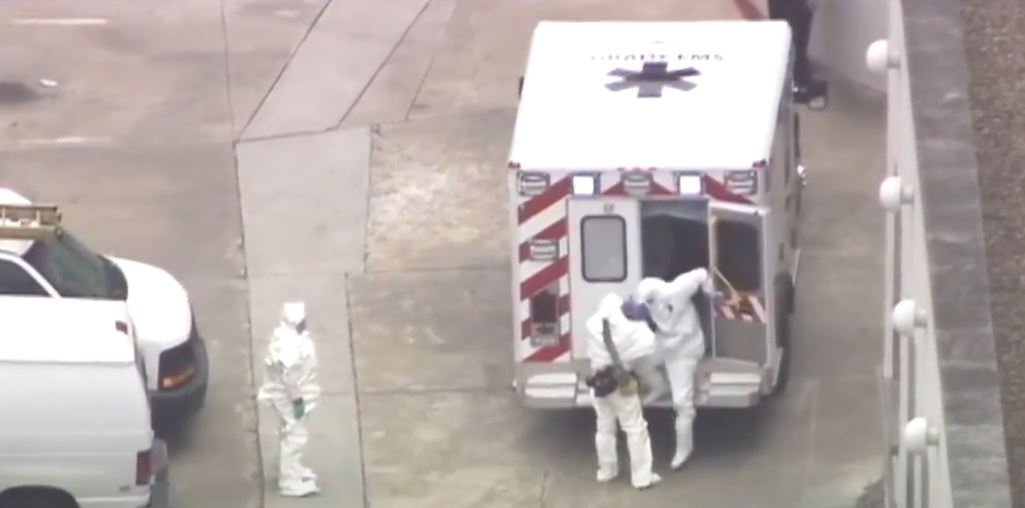
Ebola seemed far away geographically but remarkably close to the public’s mind in the summer of 2014. Every development was exaggerated by news coverage, which transformed scientific advancements into dramatic stories. Even as medical professionals clarified that the risks of transmission were extremely low, images of hazmat suits and urgent news graphics evoked a sense of vulnerability by early August, when the first American patient was flown home for treatment.
The portrayal of tourists or foreigners as possible carriers—a plot point that was repeated in about three-quarters of the coverage—was especially impactful. This emphasis, which was remarkably consistent across media, struck a chord in a political environment that was already sensitive to discussions about immigration. Politicians and pundits used the outbreak to support more general claims, frequently escalating anxiety instead of offering fair context.
Article
| Key Event | Date | Impact on Public Perception |
|---|---|---|
| First US Ebola patient arrives | Aug 2, 2014 | Initial rise in media coverage, curiosity mixed with fear |
| WHO declares public health emergency | Aug 8, 2014 | Heightened international attention, urgency in messaging |
| First US diagnosis (Dallas) | Sept 30, 2014 | Surge in fear-driven coverage, sharp increase in risk-elevating stories |
| First healthcare worker case | Oct 11, 2014 | Concerns over hospital safety and containment protocols |
| Second healthcare worker case | Oct 15, 2014 | Intensified calls for stronger protective measures |
| New York case & nurse quarantine | Oct 23–24, 2014 | Renewed debate over quarantine laws and civil liberties |
| US midterm elections | Nov 4, 2014 | Ebola narrative used in political campaigns |
Fear-focused reporting significantly increased after the Dallas diagnosis on September 30 heightened the narrative. When two medical personnel became infected with the virus, the situation became more serious and raised concerns about hospital readiness and safety. While engaging, the urgency with which these incidents were reported greatly diminished the amount of space available for composed, illuminating messaging.
Stories that minimized risk, such as those that highlighted scientific expertise, containment successes, or noticeably better safety measures, were much less common. When they did show up, they were frequently overshadowed by footage of biohazard cordons at home or disease hotspots overseas. Despite the fact that public health data indicated otherwise, the imagery and wording sequence left audiences feeling strongly threatened.
The election season added another level of complexity. Ebola was incorporated into campaign rhetoric by candidates of both parties, who portrayed it as either a sign of inadequate readiness or a demand for more proactive health funding. Public priorities were remarkably shaped by this calculated alignment of a health issue with political agendas.
A few outlets made an effort to adjust. A few investigative features provided remarkably clear explanations of how Ebola spreads or demonstrated the rigorous infection control at specialty hospitals. Although they were unable to match the speed and impact of breaking news updates, these articles offered insightful viewpoints.
Once established by those early fear-based frames, public perception was difficult to alter. Numerous Americans significantly overestimated their personal risk, according to polls. The episode demonstrated how emotionally charged and repetitive media messaging can quickly anchor perception. In subsequent outbreaks, where preexisting narratives shaped perceptions of emerging threats, this anchoring effect persisted.
In retrospect, the coverage of Ebola provides a lesson in moderation. Unquestionably, the media plays a crucial role in educating the public, but it is also the duty to balance urgency and proportion. Future coverage can be incredibly effective at drawing attention and at promoting informed readiness by combining precise risk assessments with captivating storytelling.
